
OR
Generation by hydropower plants declined last fiscal year
Published On: August 25, 2018 07:39 AM NPT By: Republica | @RepublicaNepal

KATHMANDU, Aug 25: Electricity generation from all power plants in the country went down in the Fiscal Year 2017/18 owing to low water flow in the rivers compared to the previous year.
Officials of Nepal Electricity Authority (NEA) attribute variation in the hydrology in the rivers behind lower energy output of those plants, while the independent power producers say the output of the energy saw a fall mostly in the power plants of Chure range.
Electricity generation of the plants of the NEA remained almost the same despite it added a major plant of 30 MW, Chameliya hydropower plant, in February.
The NEA’s annual output in the fiscal year ending mid-July was only 2,308 GWh. The annual output of the previous Fiscal Year 2016/17 was 2,305 GWh.
Energy output of all 17 plants of the NEA except Kaligandaki and Sunkoshi were lower, which forced the NEA to import more energy from India. The authority had to shut down its major plant of Madhya Marsyangdi of 69 MW capacity for about 7 days leading to major fall in energy generation from 455 GWh to 437 GWh. Chameliya generated a total of 52.46 GWh between mid-February to mid-July.
The import saw a growth of 18 percent, to 25.81 GWh, in the fiscal year. Plant-wise data of the independent power producers was not available, but its energy output saw a growth of about 22 percent to 2,167 GWh. The growth was not due to improvement in generation but due to several new plants promoted by IPPs starting power generation in the fiscal year. The NEA officials said that low hydrology in rivers resulted to the low energy output.
The NEA’s Managing Director Kulman Ghising said that the hydrology in the rivers were lowest in the past three years. “Our experience says that the hydrology in rivers fluctuate in every three years,” he said.
Several of the small-sized hydropower plants of the independent producers, including Thapakhola Hydropower Project (13.6 MW), Sabha Khola (3.3 MW), Sardikhola (4 MW), Puwa Khola-1 (4 MW), Madkyu Khola (13 MW), Chake Khola (2.83 MW), Dwari Khola (3.75 MW), Malun Khola (7 MW), and Midim Khola (3 MW) started generation this year making the their installed capacity higher than that of the NEA.
The effects, according to MD Ghising, in the run-of-the-river power plants operated by IPPs are more serious than the projects of NEA that are mostly snow-fed.
Shailendra Guragain, president of Independent Power Producers’ Association Nepal (IPPAN), echoed Ghising, adding that Khimti and Upper Bhotekoshi hydropower plants were exceptions to the low hydrological effects.
He said that they have seen fluctuations in water discharge in the rivers mostly of Chure range, but the discharge was not falling continuously, as claimed, due to the effects of climate change.
Guragain stated that the power plants have seen average fluctuations in energy production by 10 to 15 percent against the contracts they have signed with the NEA. Many small-scale hydropower plants are suffering revenue losses due to this. Plants having 10 MW or lower installed capacity can enjoy penalty waiver by informing the NEA in advance. The IPPAN is lobbying to get waiver of the penalties for the fall in energy output, citing natural reasons.
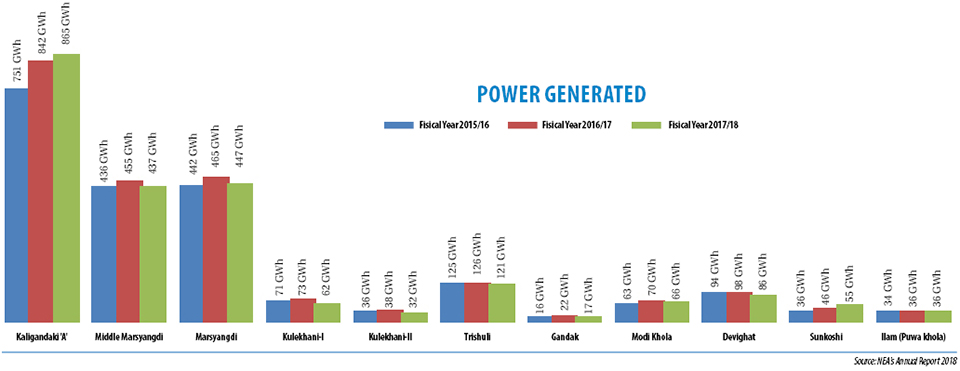
You May Like This

Interaction on solar net metering
KATHMANDU, Aug 23: Energy Development Council (EDC) organized an interaction on ‘Solar Net Metering -- Current State of Policy and... Read More...


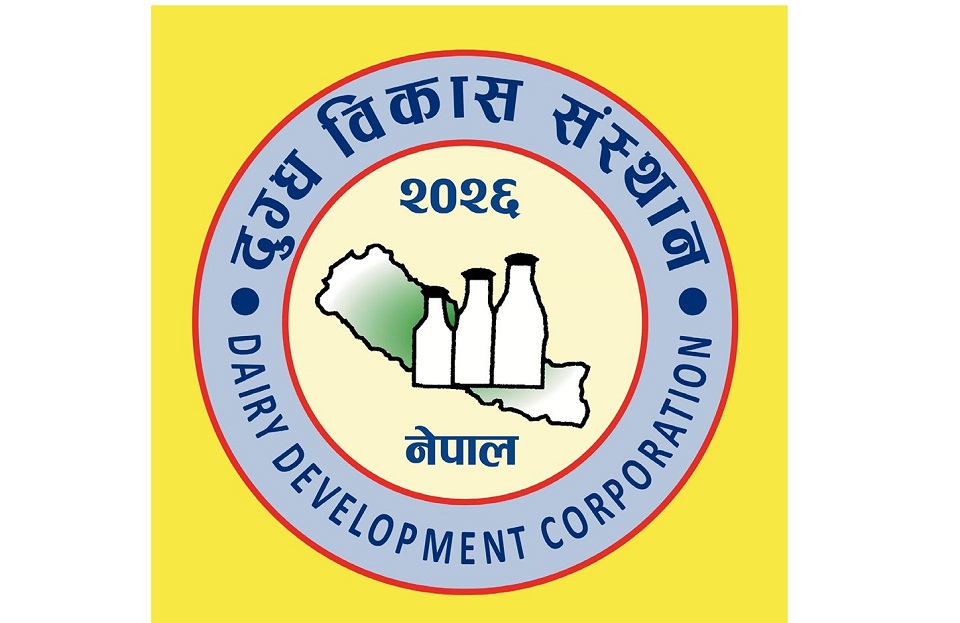

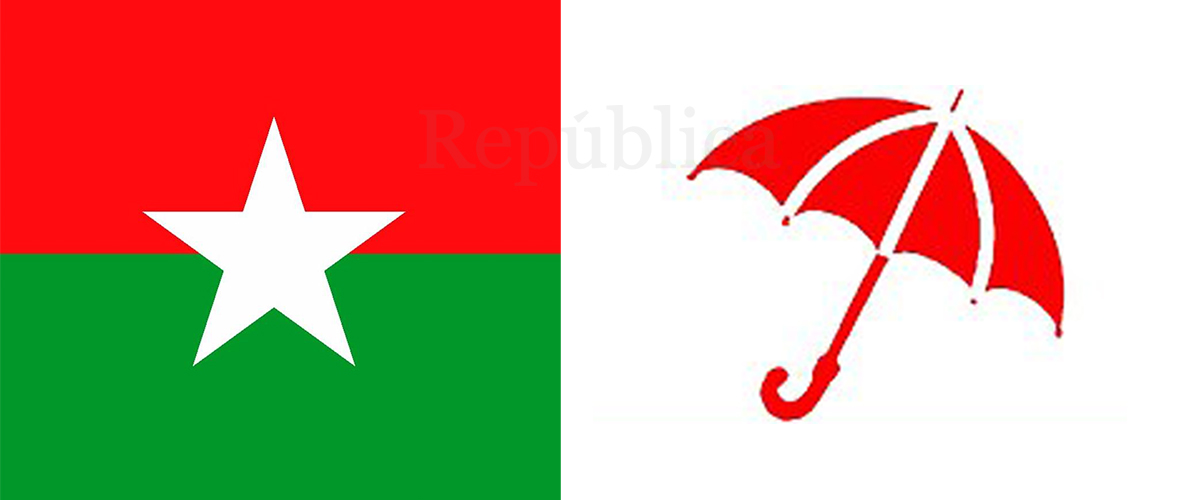
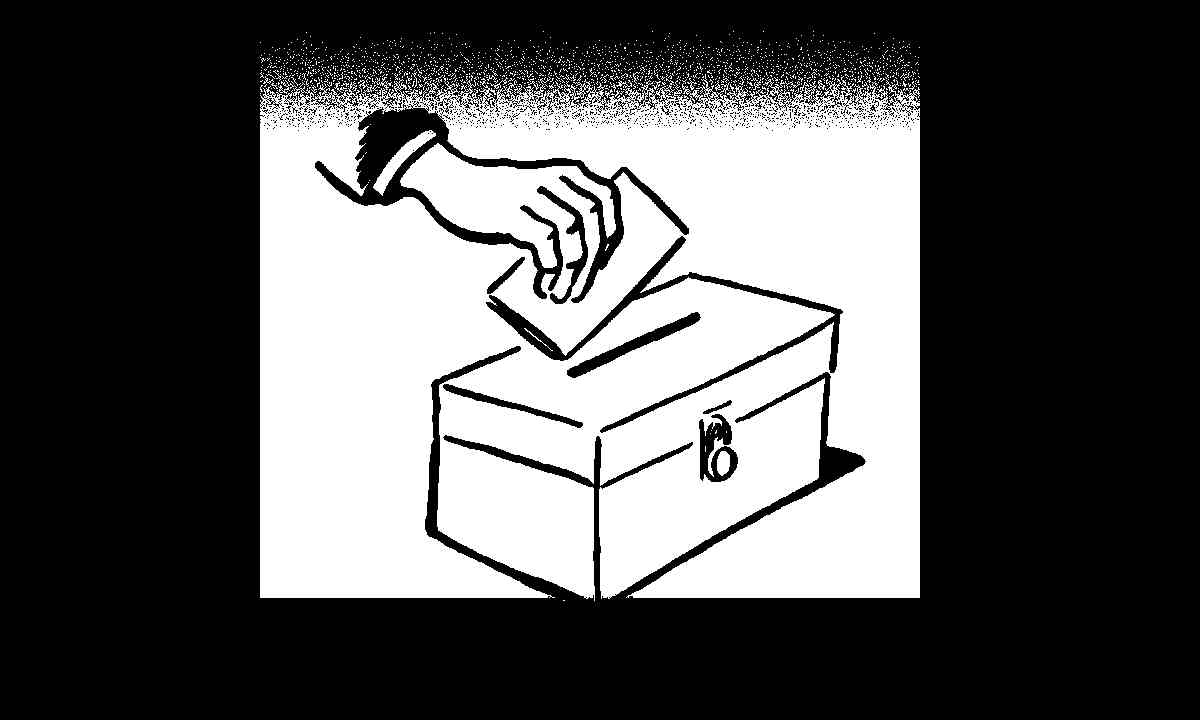
Just In
- DDC pays Rs 480 million dues to farmers
- Police arrest seven Indian nationals with 1.5 kg gold and Rs 14.3 million cash
- Gold price increases by Rs 1,400 today
- Kathmandu continues to top the chart of world’s most polluted city
- JSP Central Executive Committee meeting today
- Ambassador Adhikari presents his letter of credentials to Turkish President Erdoğan
- Bajhang by-election: Construction of Taklakot Road is common election agenda of candidates
- Meeting of Finance Committee being held today to discuss 2025/25 budget










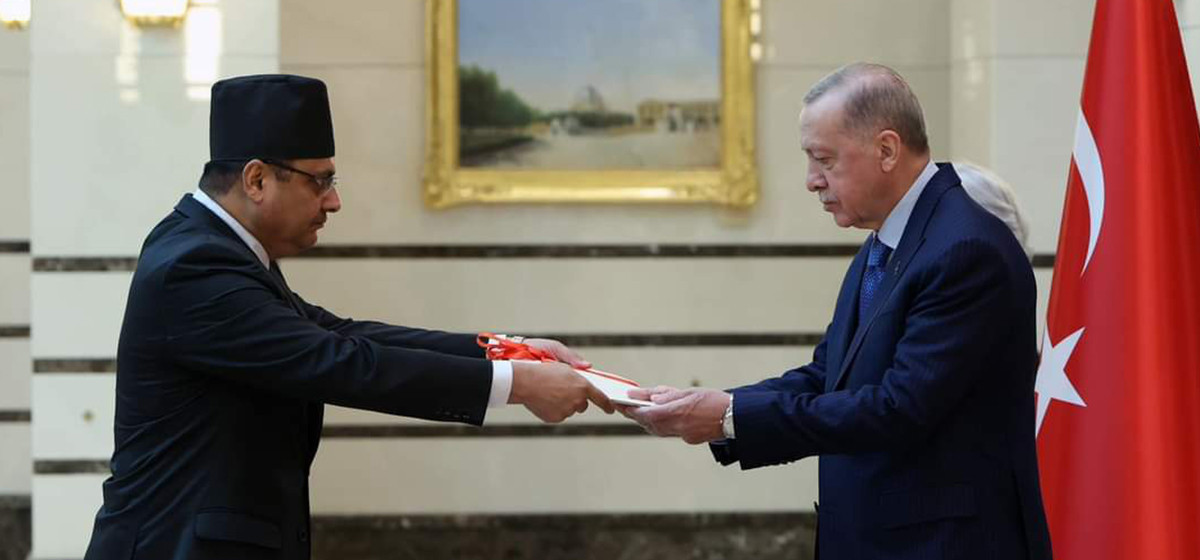
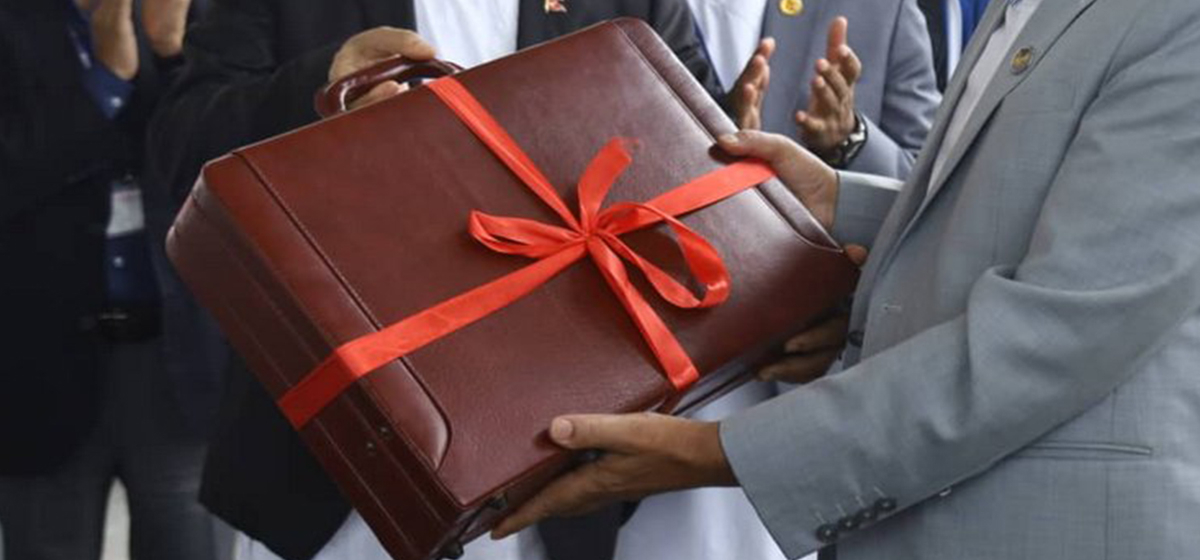
Leave A Comment